EPoX EP-9U1697-GLi: ULi M1697 Goes Mainstream
by Gary Key on March 15, 2006 12:05 AM EST- Posted in
- Motherboards
Basic Features: EPoX EP-9U1697 GLi
The EPoX EP-9U1697 GLi is a value-based performance board targeted towards the AMD enthusiast user. The board ships with an accessory package that includes the standard assortment of IDE/SATA cables and power connectors. Epox also includes an extensive driver CD along with desktop utilities. Of special note is Epox's Thunder Probe windows based utility that allows for full temperature monitoring and control of the CPU and system fans. Epox also includes the Thunder Flash set of utilities for automatic retrieval and updates to the latest BIOS, BIOS recovery, and boot-up screen customization. More information about the Thunder Flash system can be located here.
| Specification | Epox EP-9U1697 GLi |
| CPU Interface | 939-Pin Socket supporting AMD Athlon 64 / 64FX / 64X2 |
| Chipset | ULi M1697 - Single Chip Solution |
| Bus Speeds | 200MHz ~ 500MHz in 1MHz increments |
| CPU Clock Multiplier | Auto, 5x ~ 12x (4000+) in 1x increments, max multiplier dependent upon CPU utilized |
| Memory Speeds | Auto, 100 MHz, 133MHz, 160MHz, 200MHz, 218 MHz, 240MHz |
| PCI Bus Speeds | Async with HT frequencies, Disabled |
| PCI Express Bus Speeds | Async with HT frequencies, Disabled |
| HT Multipliers | Auto, 200MHz, 400MHZ, 600MHz, 800MHz, 1000MHz |
| HT Link Speed | Auto, 8-bit, 16-bit, 4-bit, 2-bit |
| Core Voltage | Auto, -0.200V to +0.250V (in 0.025V increments), (max voltage dependent upon CPU) |
| DRAM Voltage | Auto, +0.00V to +0.70V, (in 0.10V increments) |
| Chipset Voltage | Auto, +0.00V to +0.30V, (in 0.10V increments) |
| Memory Slots | (4) x DIMM, max. 4GB, DDR 400/333, non-ECC, un-buffered memory, Dual Channel Operation supported |
| Expansion Slots | (2) x PCI-E x16 (first slot operates in 1x16 mode, both slots in 2x8 mode) (1) x PCI-E x1 (3) x PCI 2.3 |
| Onboard SATA | ULi M1697: (4) x SATA II |
| Onboard IDE | ULi M1697: (2) x UltraDMA 133/100/66/33 |
| SATA/IDE RAID | ULi M1697: (4) x SATA II RAID 0, RAID 1, RAID 0+1, RAID 5 |
| Onboard USB 2.0 | (8) USB2.0 ports (four ports, two headers for four more ports) |
| Onboard LAN | Realtek RTL8201CL PCI 10/100Mb/s Ethernet LAN - PHY |
| Onboard Audio | Realtek ALC-655, 5.1 channel capable AC97 2.3 Audio Codec |
| Power Connectors | 24-pin ATX 4-pin ATX 12V |
| Back Panel I/O Ports | 1 x PS/2 Keyboard 1 x PS/2 Mouse 1 x Parallel (ECP/EPP) 1 x Serial (COM1) 1 x Audio I/O Panel 1 x RJ45 LAN 1 x Coaxial S/PDIF Out 4 x USB 2.0 |
| Other Features | Thunder Probe - Windows based Monitoring Program Magic Flash - Windows based BIOS Flash Utility Magic Screen - Windows based Bootup Screen Design Program CP80P - Post Port Debug LED EZ Button - On-board Power and Reset Button |
| BIOS | Award 1.0 (2/06/06) |
The EPoX EP-9U1697 GLi is a value-based performance board targeted towards the AMD enthusiast user. The board ships with an accessory package that includes the standard assortment of IDE/SATA cables and power connectors. Epox also includes an extensive driver CD along with desktop utilities. Of special note is Epox's Thunder Probe windows based utility that allows for full temperature monitoring and control of the CPU and system fans. Epox also includes the Thunder Flash set of utilities for automatic retrieval and updates to the latest BIOS, BIOS recovery, and boot-up screen customization. More information about the Thunder Flash system can be located here.
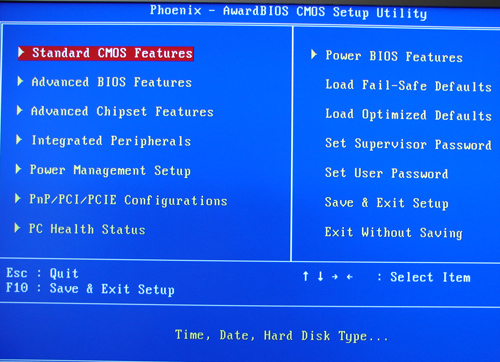
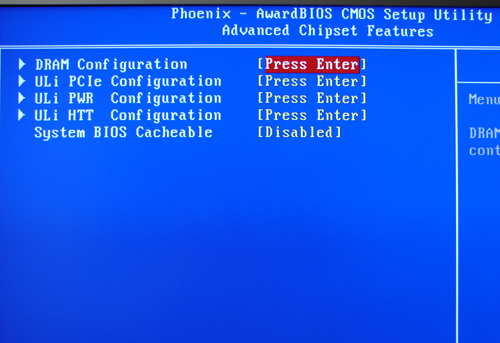
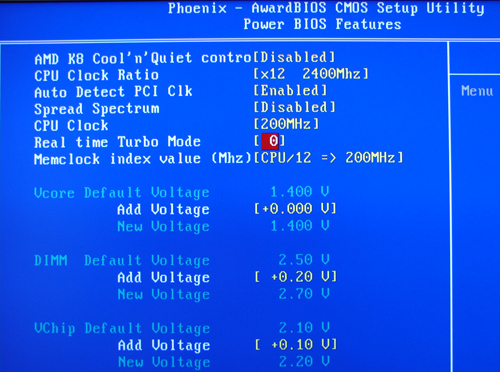
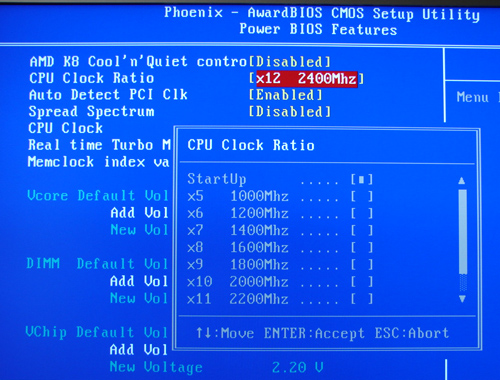
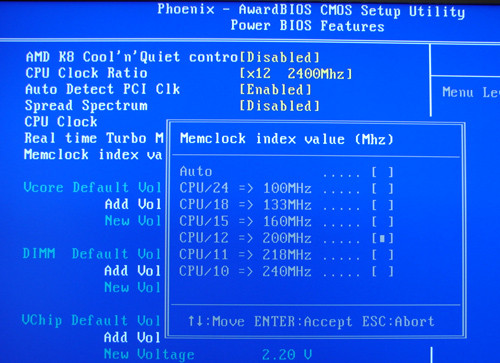
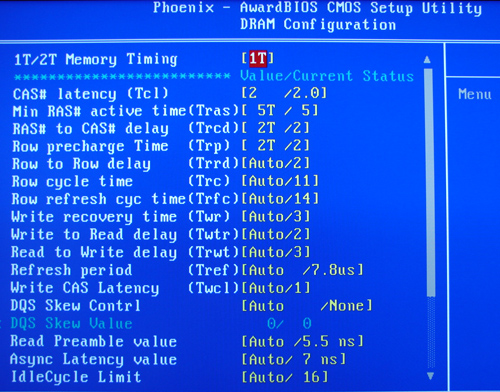
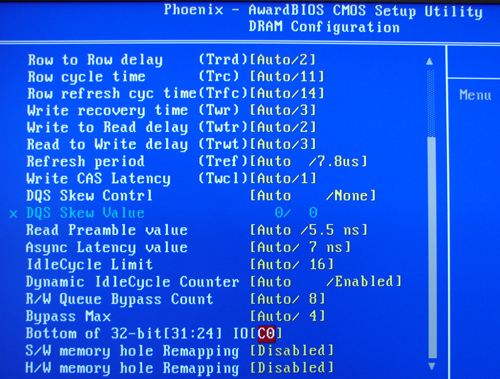










35 Comments
View All Comments
custommadename - Sunday, March 19, 2006 - link
I thought so, but I wanted to make sure. That's great. So this board is pretty much a good overclocking board for a great price. I'm hooked.UJMA - Friday, March 24, 2006 - link
When released the "J " version of this board sports both Gb Ethernet and 8 Channel ALC850 Audio. Look for the EPoX EP-9U1697GLI-J ... I'm definitely getting this mobo.Gary Key - Friday, March 24, 2006 - link
We still do not have confirmation if this model will be released in the US. We certainly have expressed our feelings to EPoX that this is the model that should be offered here. Also, the ALC-850 is not real upgrade from a quality of audio output aspect compared to the ALC-655. We lobbied for the ALC-883 as the cost differential is minimal compared to the ALC-850 but EPoX is betting most people buying the board will upgrade the audio for gaming anyway. We think the ALC-883 would still suffice for the casual gamer and probably for the more serious gamer on a budget from a performance/audio output aspect. It is hard to get excited about a SB X-FI when it cost $30 more than the motherboard in this market segment in our opinion. We think this is still an issue. Overall, the quality of the board is very good and the results speak for themselves.
UJMA - Friday, March 24, 2006 - link
Pretty sure we'll get the "J" version in Europe, "J" versions are available on other Epox models over here. Also glad to see that the Epox board was not unduly handicapped by x8 lane PCI-E as opposed to x16 lane. All in all, even in the bog standard guise, it's a very good board for the money.Good review by the way!
superkdogg - Friday, March 17, 2006 - link
^^^^^^^Those numbers are the initial value the memory will run if the HTT is 200. They all scale based on the HTT speed, so 1:1 = 200. All the other numbers are dividers that allow for running the memory at a ratio speed based on the HTT i.e. 133/200 = 4/6.
custommadename - Friday, March 17, 2006 - link
The memory speeds in the review were Auto, 100 MHz, 133MHz, 160MHz, 200MHz, 218 MHz, 240MHz. Is there a 1:1 setting so that the ram speed increases with the FSB? It would be a shame not to have that seeing as how the ram can be overvoltaged to 3.2Vsuperkdogg - Thursday, March 16, 2006 - link
Hey, this board looks great! The main drawbacks are the two silly component choices: no Gb ethernet and no HD sound (not like Nv boards have this anyway). Since my home network is 10/100 and I'm not an sound freak (and I have some 5.1 digital Live! cards to throw in if need be) those aren't drawbacks.I have a A8R-MVP that rectifies those problems at the cost of high vCore options.....pm me if you want to trade :P
kmmatney - Wednesday, March 15, 2006 - link
Its great having low cost Socket 939 boards, but where are the Socket 939 Semprons?Per Hansson - Wednesday, March 15, 2006 - link
Since Epox has had so many issues in the past with using poor capacitors (sorry I mistyped that, I mean crap capacitors) From GSC and TEAPO I think it deserves a mention that this board is using high quality Sanyo MV-WX capacitors for the VRM section and everything 1000uF and above on the board, and even not cheaping out on the lower value caps by using the top capacitor brand Rubycon for them...And if the editor can not distinguish from a good and bad capacitor brand please atleast post high resolution pictures of the capacitors so people looking for the info will find it without being as wierd as I am and recognize them by the style of their vents and type of colors used ;-)
Gary Key - Wednesday, March 15, 2006 - link
We did make mention on the front page and the features page about the high quality components used on the board. However, we did not specify the brand names or sizes utilized. We will do this in the future if the components selected warrants mention as it would assist the readers without your (not weird) ability to pick out the brand names. I did take a high resolution shot of the capacitors as I surprised by Epox utilizing these on a value board. I should have followed my instincts and posted the shot on the first or last page. Thanks for the comments. :)